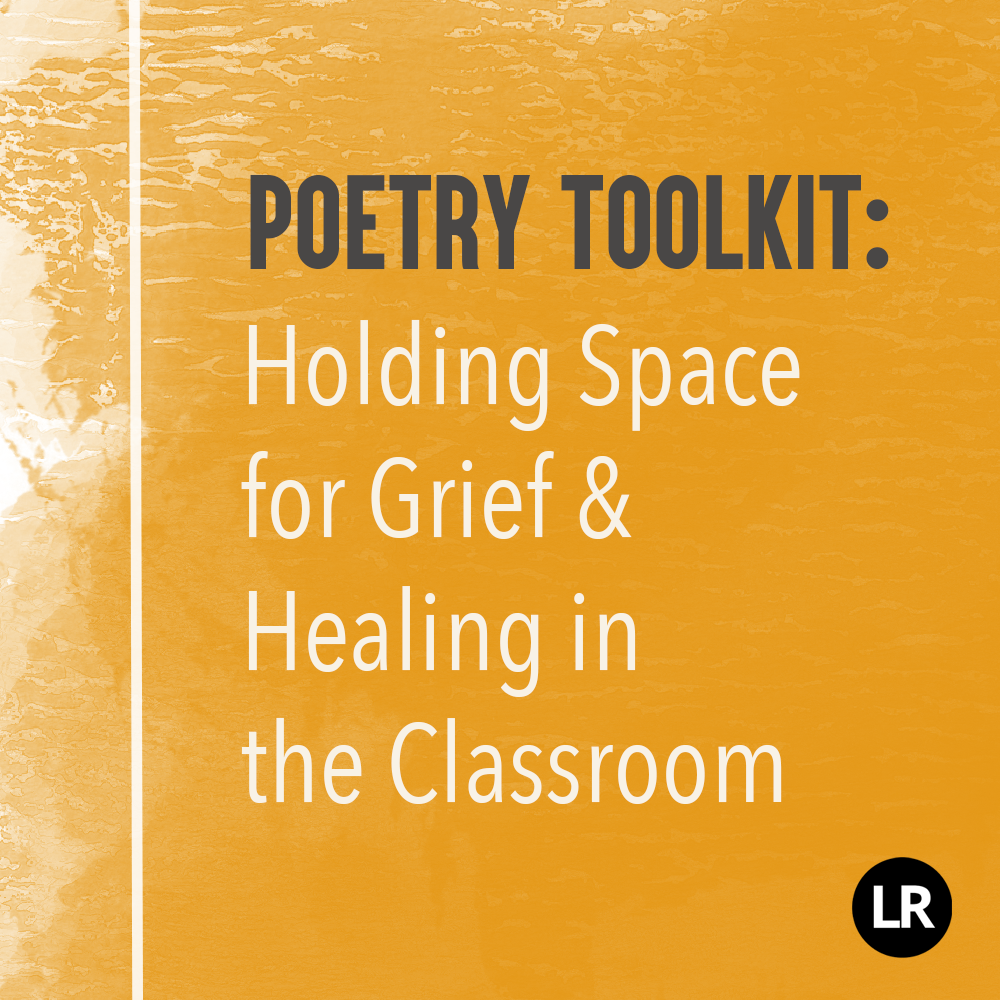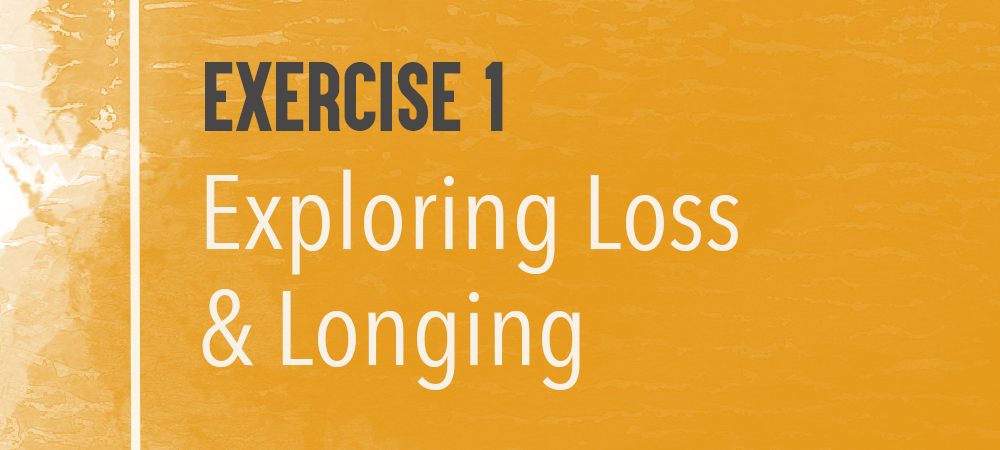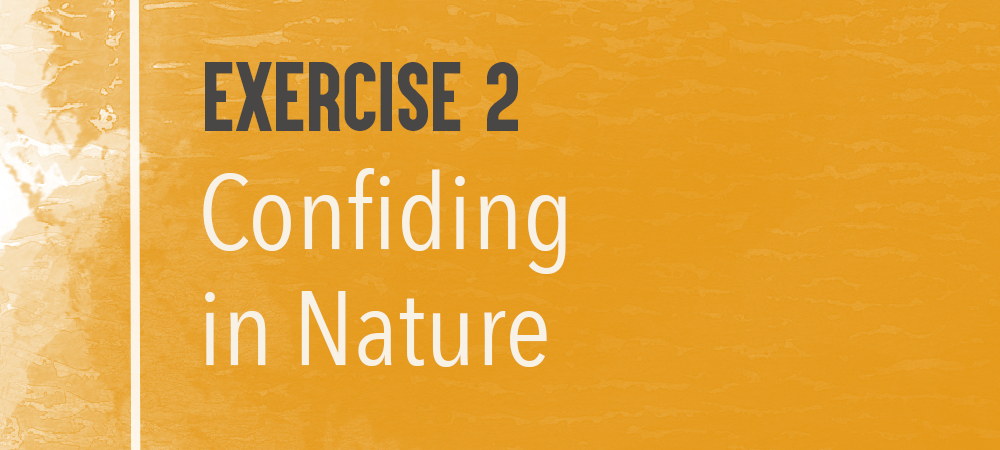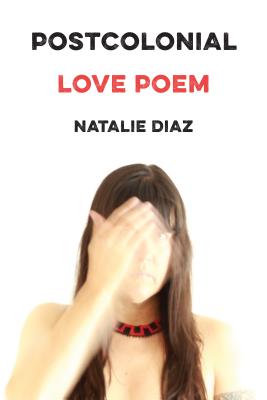
As I (Iris) write this, my heart is weary. Just last week, only one of the three police officers involved in the shooting of Breonna Taylor was charged—and not for her murder. The evening of that announcement, I spoke with a friend who lives in Louisville. She told me: we are tired, we are frustrated, we are angry. Still, there is no justice.
California, the state where I live, is still burning. Last week, I read about Kao Saelee, a Mien refugee whose family fled to the US when he was small. During the last two (also incredibly devastating) wildfire seasons, Saelee worked to control the blazes as an inmate firefighter. This August, on the day he was released from prison, California transferred him not to his sister’s waiting car but to ICE detainment. Still, there is no justice.
And still, around us, pandemic rages. The government moves to erase systemic racial injustice from history textbooks. Egregious human rights violations continue to be visited upon the refugees incarcerated at our border. And on and on and on and on.
For a while now, we’ve wanted to share some tools for making space for grief and healing through poetry. We know that many of you are teachers working with young writers during this deeply difficult (even traumatic) year. As educators ourselves, we know how creative writing can sometimes allow students needed space and permission to process, to breathe. And as poets, we know how the act of writing into grief can sometimes offer us just enough self-compassion and strength to go on. That sometimes, in the midst of suffering, poetry allows us not just catharsis but also access—to hope, to meaningful remembrance, even to joy.
The below prompts (each based on poems by writers of color—some APA identified, some not) and their variations are written with teachers and students of particular age ranges in mind. But you could write into any of these prompts (regardless of how they’re labeled) outside an academic context, as well.
We know it’s not much. But we believe that poetry is radical. Poetry transforms. It can walk with us and hold us and remind us that yes, there is still beauty within the world, yes, we are allowed to seek comfort and grace, to heal. We hope these exercises might provide some measure of solace amid the present moment. Whatever you’re grappling with right now, whatever is weighing on your heart, may you receive what measure you need for today. We are thinking of you, our beloved community.
Light and Peace,
Iris & Mia

EXERCISE 1: Exploring Loss and Longing
All Levels:
Read “To a No. 2 Yellow Pencil on May 1, 2020” by Kimiko Hahn together.
* * *
Elementary School: I used to . . . but now . . .
Also read: “Boy and Egg” by Naomi Shihab Nye
Discuss: In Naomi Shihab Nye’s poem, the boy is too little to play with the other kids—but he still notices things they don’t (like fresh eggs). What did you love when you were younger that you don’t anymore? What can you do now that you were too little to do before? Kimiko Hahn’s poem is about a different kind of change. It was written earlier this year after people started staying at home to protect each other from the coronavirus. Why do you think the speaker can’t go out and get more lead for her pencil? What did she used to do when she needed a sharp pencil as a kid? How is it different from what she would do with her mechanical pencil now?
Prompt: Write a poem that talks about things you used to do in the past—and what you do now instead. Go back and forth between beginning your sentences with “I used to . . .” and “But now . . .”. Keep on going, following the pattern, until you have a whole poem.
Notes: Students can either write directly about their experiences with change related to this year’s events (pandemic or otherwise), or they can write about anything they used to do at an earlier point in time but no longer do now. It may help to contextualize the prompt by having a class discussion comparing life before and after this year, before and after the pandemic, before and after growing up a little more. Ask students about what was good about before and what was bad. How does now compare? How does that make them feel?
* * *
Middle School: What I Miss
Also read: “My First Memory (of Librarians)” by Nikki Giovanni
Discuss: In Kimiko Hahn’s poem, what object does the speaker miss? Why can’t she refill her mechanical pencil now (hint: notice the date in the title)? How do you think she feels about it? In Nikki Giovanni’s poem, what does the speaker remember about the library when she was a kid? What do you think she misses about it? What details tell you this?
Prompt: Write a poem about an object or place that represents something you miss. If it’s helpful, you can try having each line start with the words “I miss . . . ”.
Notes: Frame the prompt by explaining that when we miss things, there are lots of ways that feeling might come out. Sometimes it might feel good to remember the past (like in Giovanni’s poem), but remembering can also sometimes hurt. You can direct the discussion to focus specifically on the pandemic (as Hahn’s poem does), or you can focus more generally on the things we lose as we grow up into adolescence. Depending on the group’s age and awareness, you could also fold in other current events that might feel relevant. Note: Poets.org’s Teach This Poem also has an excellent set of lesson plans on Hahn’s poem that would be a great resource in leading this exercise.
* * *
High School and Up: Ode to Community
Also read: “Ode to the Head Nod” by Elizabeth Acevedo
Discuss: On the surface, Hahn’s poem might seem like it’s just about her nostalgia for wood pencils. But it’s also, in a way, about loneliness—the loneliness of being isolated from other people (whether in a school setting or just out in public spaces like stores) and not being able to do anything about it. Can you relate to being lonely in this way? Why do you think it can feel good to connect to other people, especially people who share our experiences? Elizabeth Acevedo’s “Ode to the Head Nod” also explores why community connection is important, but in another way. What doesn’t her editor doesn’t understand about the term “head nod”? Why is the head nod important to the speaker and her community? What are some shared gestures or traditions that help you feel connected to your community?
Prompt: Both Hahn and Acevedo’s poems are odes, or poems of praise, that highlight the value of community connection. Write a poem that focuses on a single object, word, food, tradition, or other symbol of connection to express praise for a community that you identify with.
Notes: As with any discussion of cultural traditions, you might want to preface with a reminder that everyone’s experience is different and should be respected. It’s also probably good to establish space for a wide range of responses to Hahn’s poem — as not all students will have experienced the isolation of the present moment in the same way. It may help students to brainstorm a little in small or large groups before starting to write and to share your own responses, as sometimes hearing someone else’s ideas can help give students a sense of permission to write more freely about themselves, their families, and their cultures.

EXERCISE 2: Confiding in Nature
All Levels:
Read “Cherry blossoms” by Toi Derricotte together.
* * *
Elementary School: Ask Nature Questions
Also read: “I Hear You Call, Pine Tree” by Yone Noguchi
Discuss: Raise your hand when you hear the speaker ask a question in each poem. Try to notice: What are they asking about? Whom are they asking? What else do you think the tree/blossoms might say in reply?
Prompt: Think of something from nature: a rock, a tree, that funny beetle sitting on the windowsill. If it could talk, what questions would you want to ask it? What do you think it might answer?
Notes: Questions can be a wonderful means of helping children to make sense of the world around them. You may want to discuss how it’s okay to have lots of different kinds of questions: some may be happy questions about things you’re just curious about, and some may be sad questions about things that have no answer — but that it helps to ask anyway. You could do this outside, with each student selecting one specific natural object to interview. But you could also modify this by asking kids to write to a natural object (interpreted loosely, of course) that they can experience from wherever they are (indoors or out) — a pet, a plant, an apple, a potato, the sun, an ant, even a stuffed animal.
* * *
Middle School: What Nature Told Me
Also read: “Remember” by Joy Harjo
Discuss: In “Cherry blossoms,” what is the speaker worried about? What do the blossoms say to the speaker? How do you think she feels after hearing their message? In “Remember,” what are some of the things that Joy Harjo says we should remember about nature? What happens when we don’t remember those things? How do you feel when you think about nature? What does it seem like it could be saying to you? What would you want it to say to you if it could speak?
Prompt: Write a poem in which you imagine what something from nature (a tree, the sky, a robin, a mouse, even your own body) would say to you if it could talk. What would it tell you? What would you say back? If you want, you can follow Joy Harjo’s example and have each line begin with a command word (like “remember” or “listen” or “look”).
Notes: You could style this prompt as either one long message or as a series of (multiple) messages. It may be helpful to ground your discussion in an acknowledgment that nature can be peaceful and comforting or it can be powerful and cruel (e.g., wildfires, hurricanes)—and that we can feel different ways about it at different times. Encourage students to write their poem in any tone that feels right—they can be appreciative of the natural object they’re voicing, or they can express frustration with it if that feels more real. If writing outside is a possibility, it would be lovely to invite each student to sit by and interact with the thing they are voicing. If not, see if each student can write looking at an actual object from nature brought indoors, a picture of a natural object, or natural objects around their immediate environment (loosely interpreted). Anything that doesn’t normally talk but is nature adjacent (from pets to bugs to plastic plants to a bottle of dried rosemary to a parent’s sourdough starter) will do!
* * *
High School and Up: Poem That Refuses to Give Up
Also read: “Instructions On Not Giving Up” by Ada Limón
Discuss: In “Cherry blossoms,” a cherry tree offers the speaker encouragement that keeps her going in a moment of despair, while in “On Not Giving Up,” Ada Limón uses a budding tree as a metaphor for what it means to persist. In each poem, what makes nature (and specifically, trees) a useful symbol for endurance? How does the natural life cycle of each tree inspire the speaker? What are some things that have been difficult for you to endure this year? How has that felt in your body? What is it that you need right now to keep going?
Prompt: Write a poem about an encounter with the natural world that inspires you to persist, OR write a poem about something from nature that, for better or worse, just won’t give up. (Feel free to interpret “nature” however you like — nature doesn’t just have to be trees and flowers; it can also be things like dirt, bacteria, ants, moldy bread, houseplants, avocados, your dog, the weather, another human, or even your own body.)
Notes: You may find it productive to help your students unpack their experiences with nature—and to make space for a wide variety of responses. Especially in the contexts of illness and natural disasters, it’s okay to acknowledge that nature, while sometimes comforting (as in these poems), is not always beautiful or tough and resilient. Nature may die, and it may destroy as well, and that, too, may inspire resistance in us (even resistance against nature). When it comes to unpacking the prompt, you might begin by discussing familiar symbols from nature—e.g., lightning for quickness, storms for anger or unrest, sunset for peace or finality, fruit for abundance or sweetness, bees for industriousness—as well as how to avoid cliché by looking for unexpected comparisons. Students who benefit from more structure can try writing their poems in the form of instructions for how to emulate whatever natural entity they are describing (e.g., “How to Build a Nest on a Streetlight” or “Instructions for Ripening”).
More Poems to Share
Lee Herrick, “The Birds Outside My Window Sing During a Pandemic”
Aimee Nezhukumatathil, “Sea Church”
Juan Felipe Herrera, “Everyday We Get More Illegal”
January Gill O’Neil, “In Praise of Okra”
Danez Smith, “Little Prayer”
If you teach, what poems and exercises have you and your students found helpful this year? Share your insights with us in the comments or on Twitter, Facebook, or Instagram (@LanternReview).
* * *
ALSO RECOMMENDED

Postcolonial Love Poem by Natalie Diaz (Graywolf, 2020)
Please consider supporting a BIPOC-owned indie bookstore with your purchase.
As an APA–focused publication, Lantern Review stands for diversity within the literary world. In solidarity with other communities of color and in an effort to connect our readers with a wider range of voices, we recommend a different collection by a non-APA-identified BIPOC poet in each blog post.